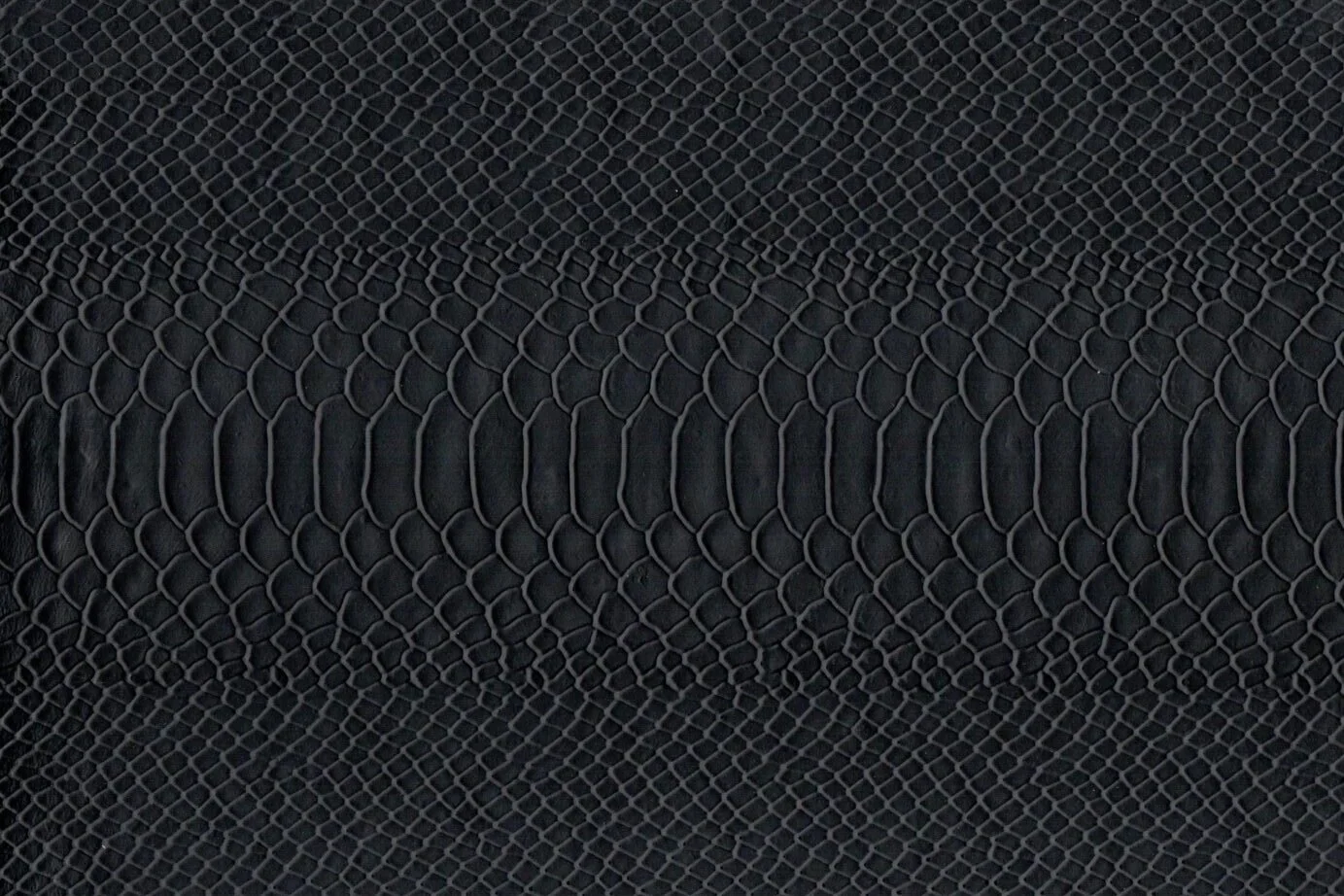Materials towards total ethics fashion
These materials, whether replacing animal-derived materials (and their synthetic counterparts) or existing in their own right, are more aligned with a total ethics fashion system than most. No material is perfect, but these are certainly preferable, with reduced ethical and environmental impacts.
Next-gen leather
These materials share similar performance and aesthetic qualities with animal-derived leather and wild animal skins, without any animal inputs.
Most are free from fossil fuels or moving towards eliminating synthetics, and all have a far reduced environmental impact when considering the climate, biodiversity and other factors. They do not require animal slaughter and reduce suffering.
Warm and woolly fibres, without sheep
Wool has a major climate and biodiversity impact, and is produced in a system which commodifies, is often cruel to, and ultimately kills sheep.
These warm materials share a number of properties with wool — some thermo-regulating, others fluffy and soft for knitwear — but not the ecological and ethical harms tied to wool, as well as cashmere.
The future of fur
The killing of animals for fur is widely condemned as unacceptable, but there is nothing wrong with appreciating a furry aesthetic.
These materials move us beyond the need to the skin and fur sentient beings for fashion, offering more ethical and environmentally forward fashion from bio-materials and recycled inputs.
Decorative, feather-less fashion
As with fur, the ostriches plucked for their feathers are killed specifically for fashion. As fur bans swept across the fashion industry, decorative feathers have often been used in their place, with a lack of understanding about their impact. These fabric manipulation techniques and alternative materials are genuinely free from animal harm and have a lower impact.
Replacing feather down
These insulating and warm materials have a lower environmental impact and do not rely on factory farms confining ducks and geese.
Made from bio-based and recycled sources, they have been tested for assurance of their capacity to keep people warm just like feather down.
Silky materials without worms
The silk industry is prone to serious human rights issues, and due to its animal source, is avoided for ethical reasons by a growing audience.
These alternatives are sourced from circular and bio-sources.
Plant-based materials
Organic, recycled and low-impact sourced cotton, linen, hemp, as well as responsibly sourced cellulosic materials derived from waste and renewable inputs can all be produced in a way that does minimal harm to people, animals and the planet, protecting us when used in place of harmful animal and synthetic materials.







